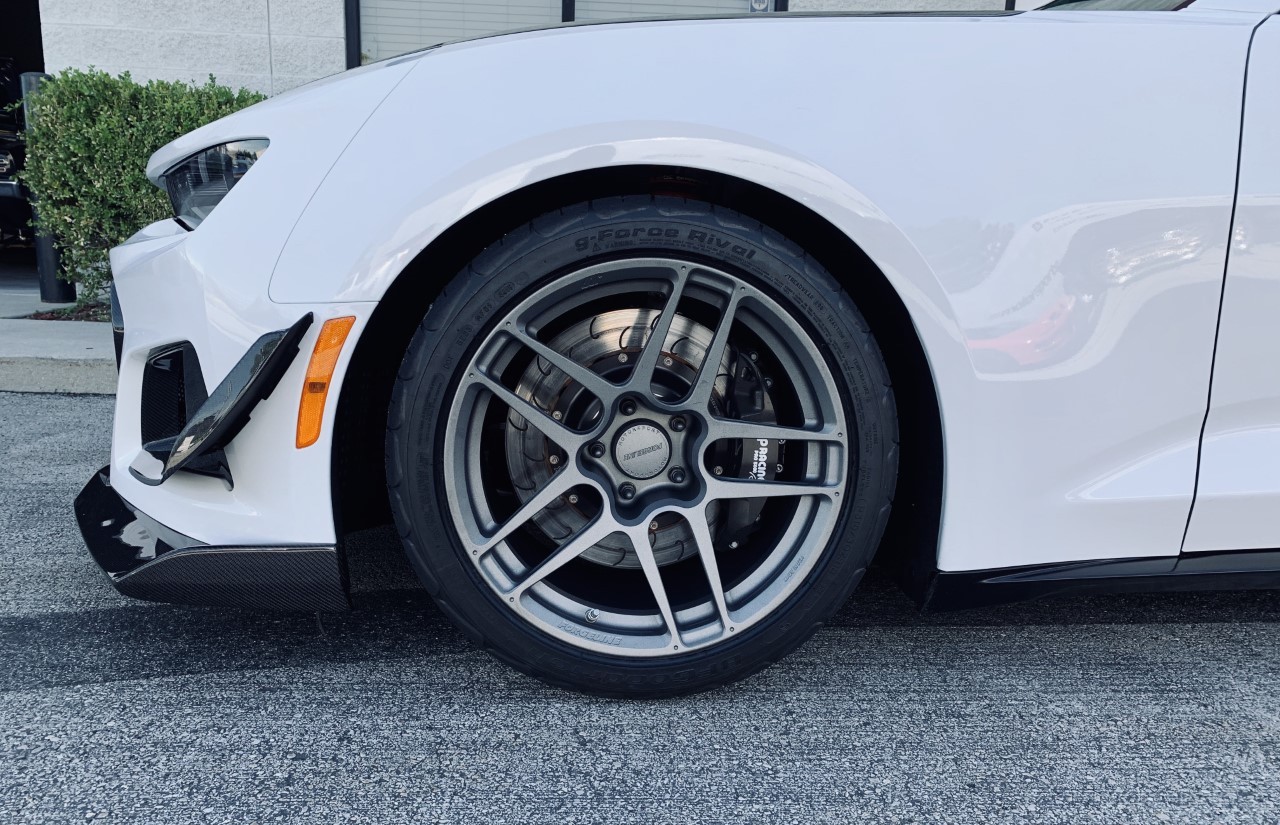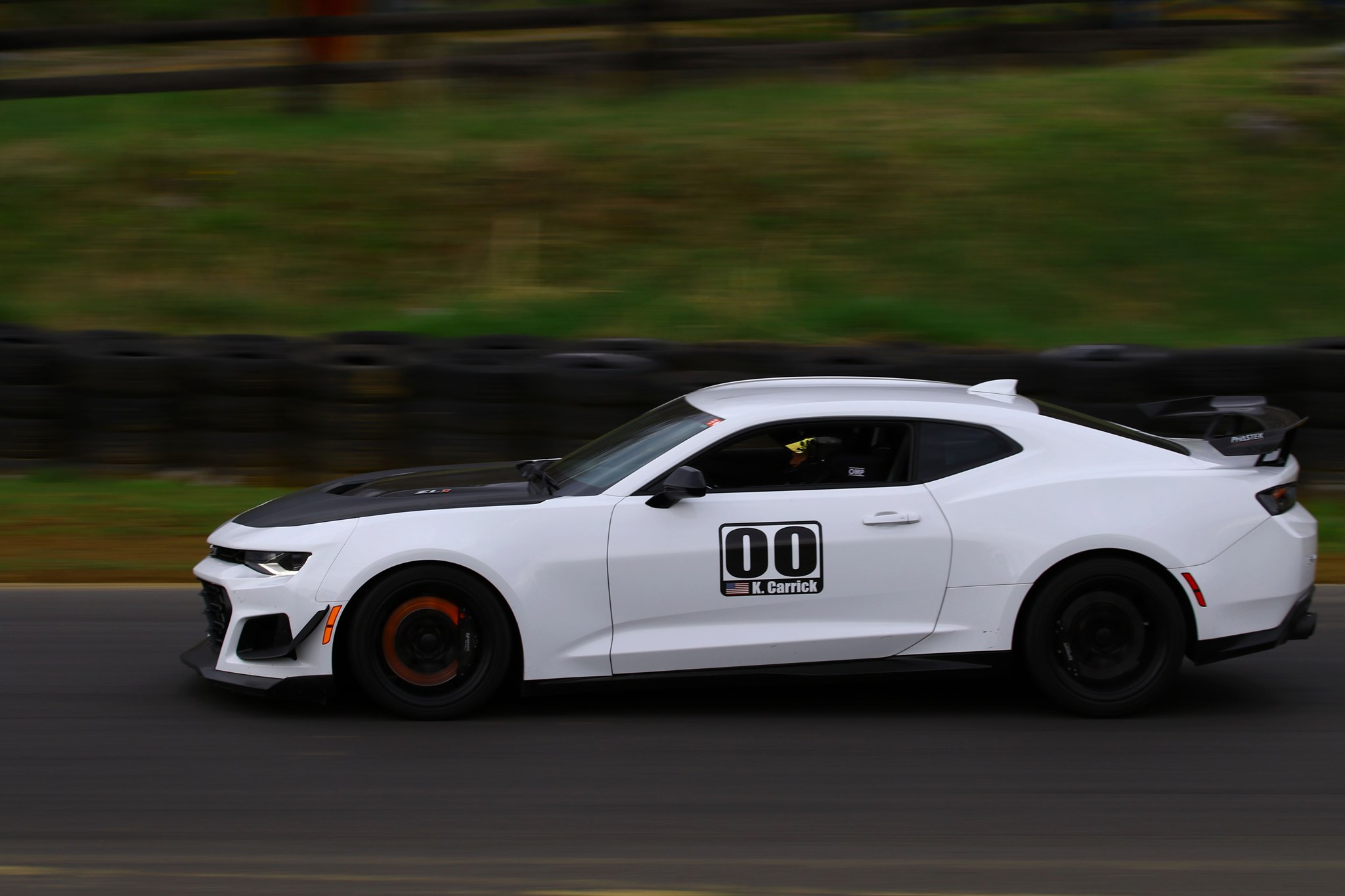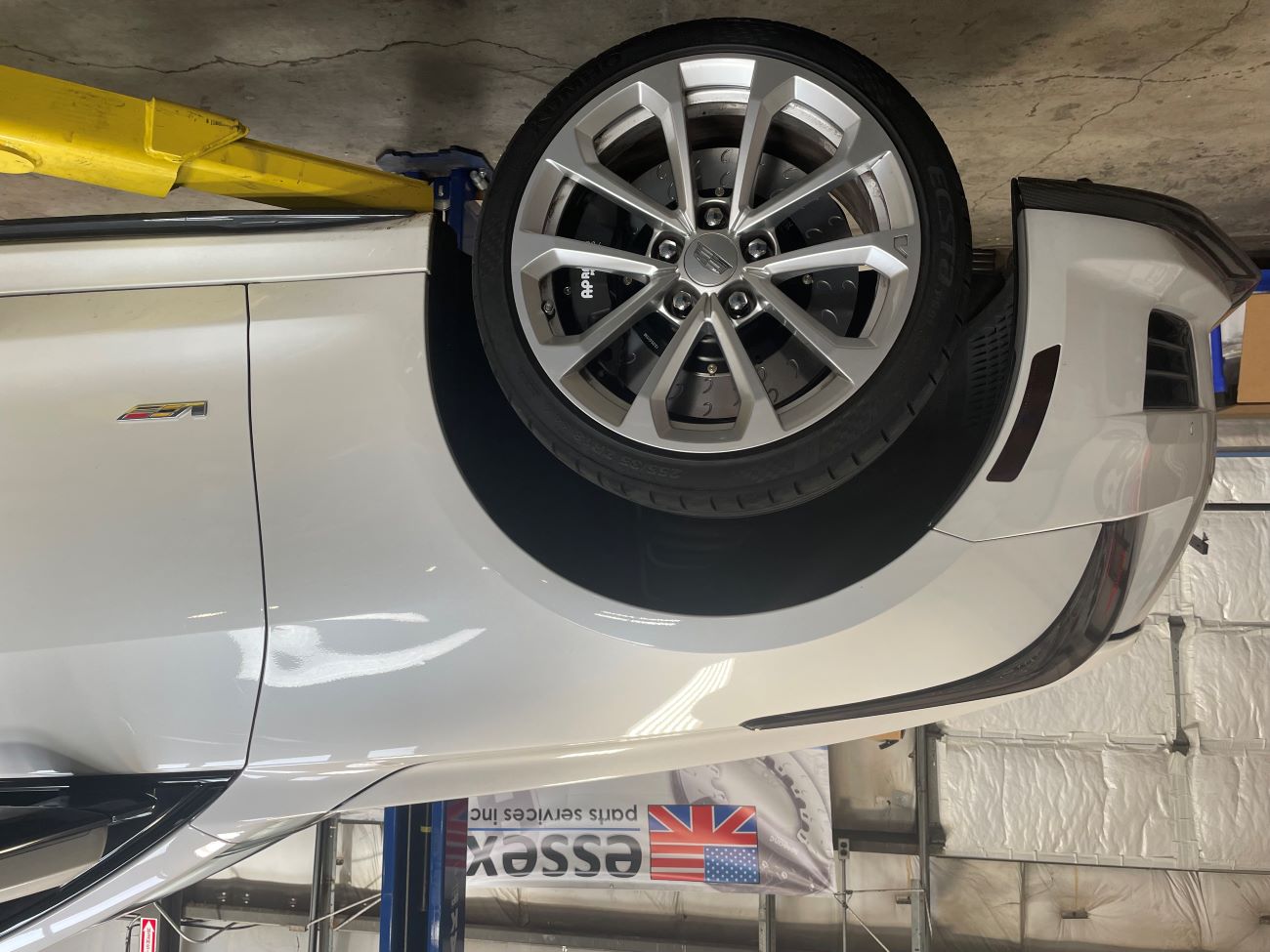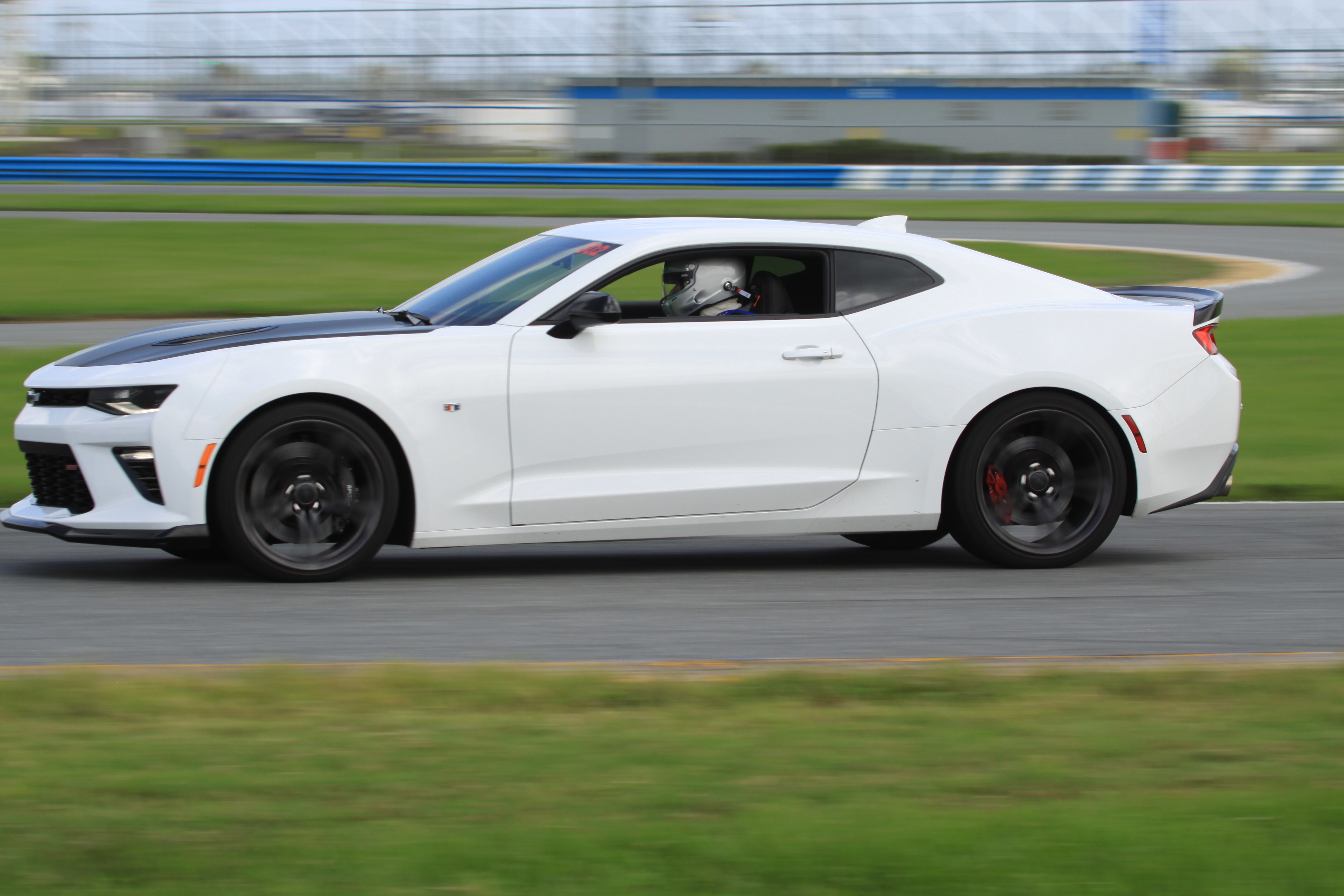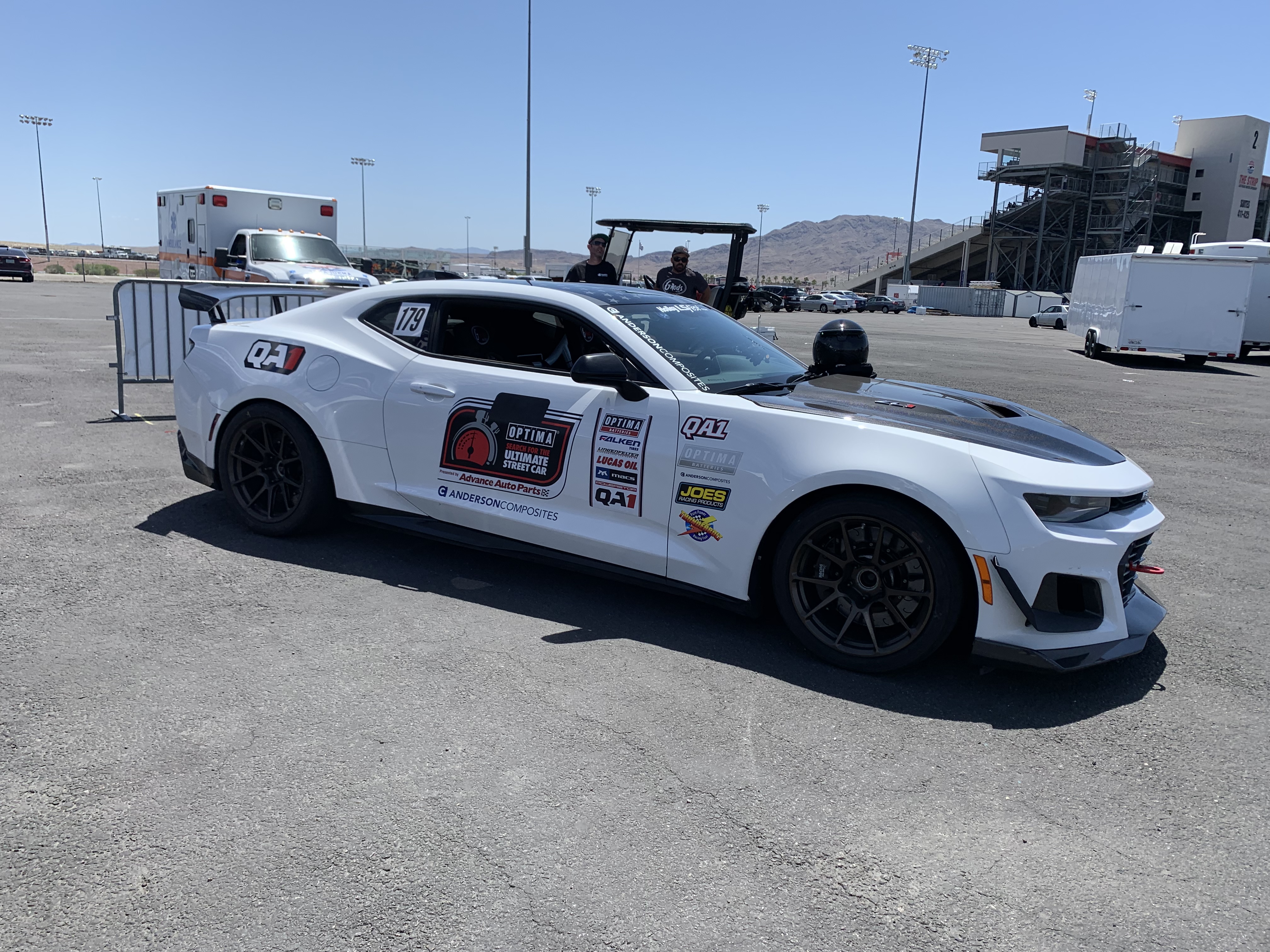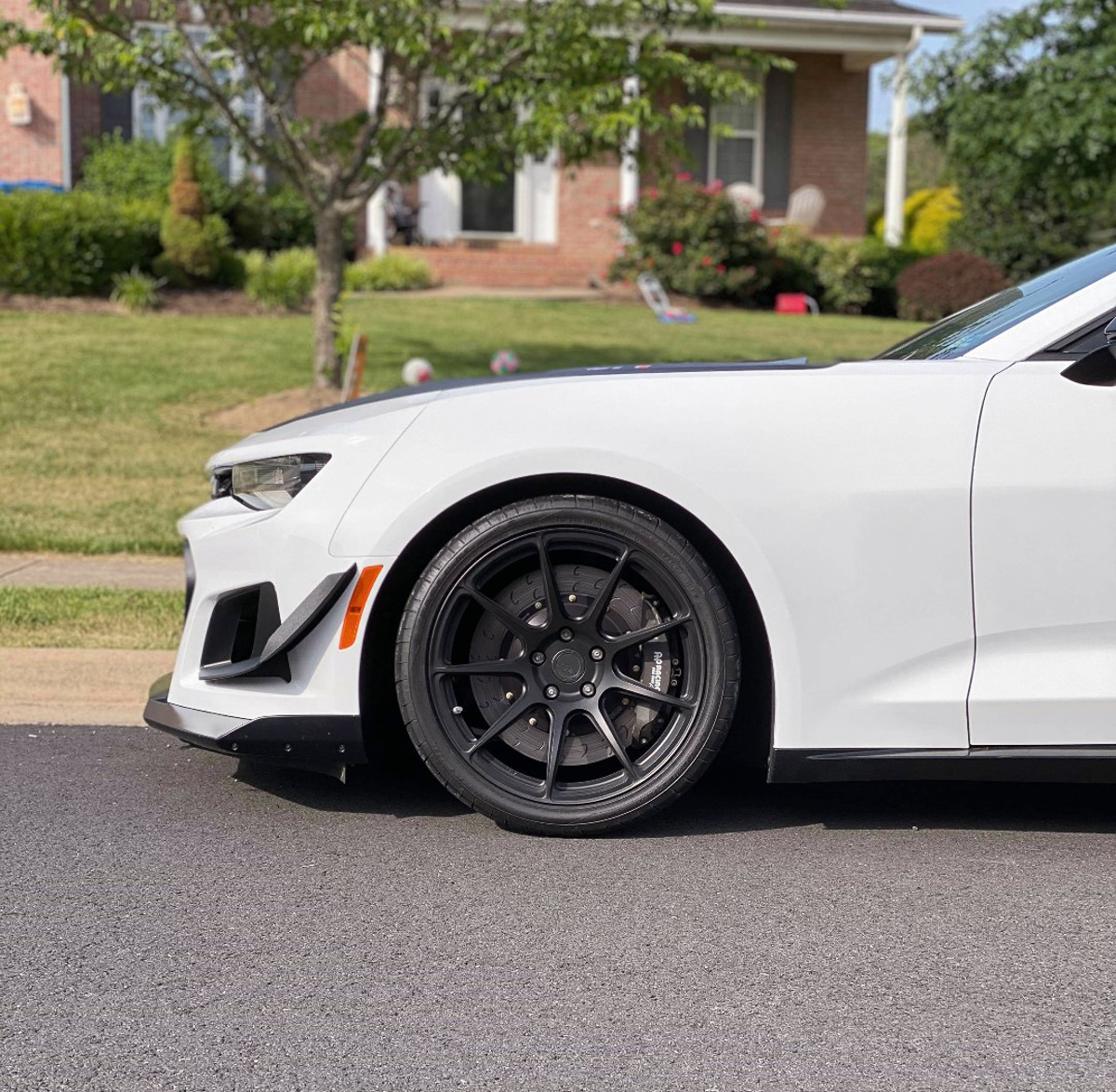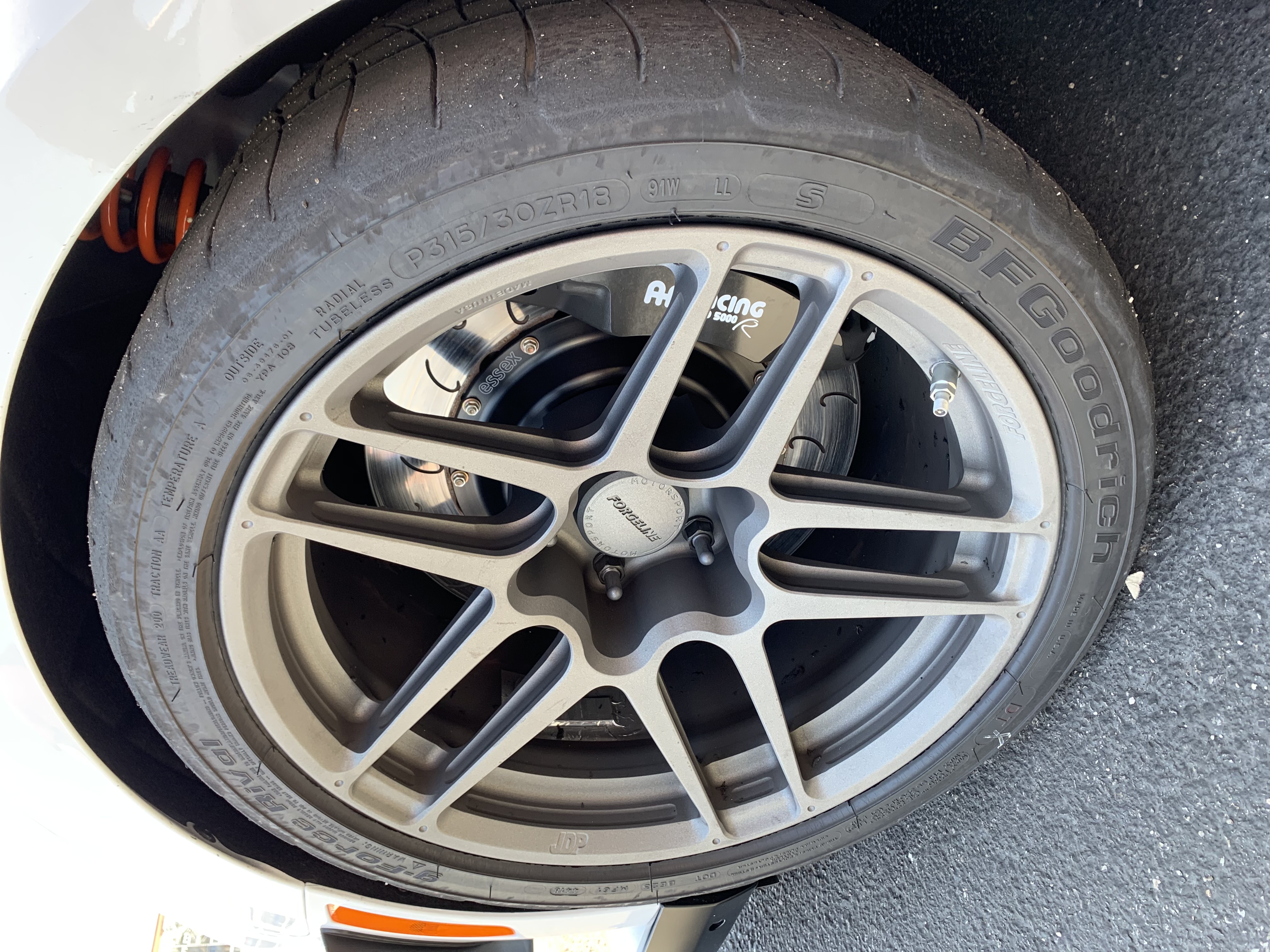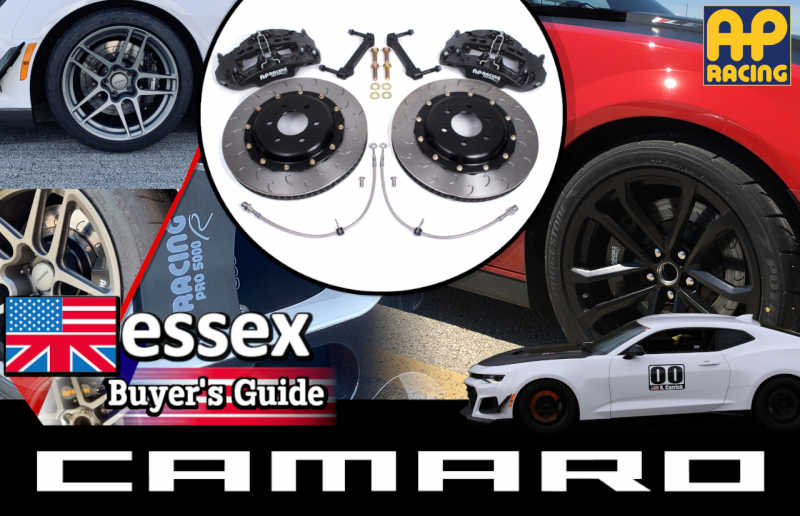- New Products
- Brake Caliper Stud Kits
- AP Racing Big Brake Kits
- AP Racing Brake Discs
- AP Racing Brake Calipers
- AP Racing Master Cylinders
- Essex Brake Bundles (upgraded pads, lines, fluid, discs that work with OEM Calipers)
- Brake Pads
- Brake Fluids
- Spiegler Brake Lines
- Tools, Temperature Indication and Protection Products
- Wheels
- Suspension
- Versodeck Flooring
- Apparel and Merchandise
- Formula SAE
- Clearance
Gen. 6 Camaro / ATS-V / CTS-V (V3) AP Racing Brake Kit Buyer's Guide
Part #: 13.01.Gen6CamaroGuide
Brand: Essex & AP Racing
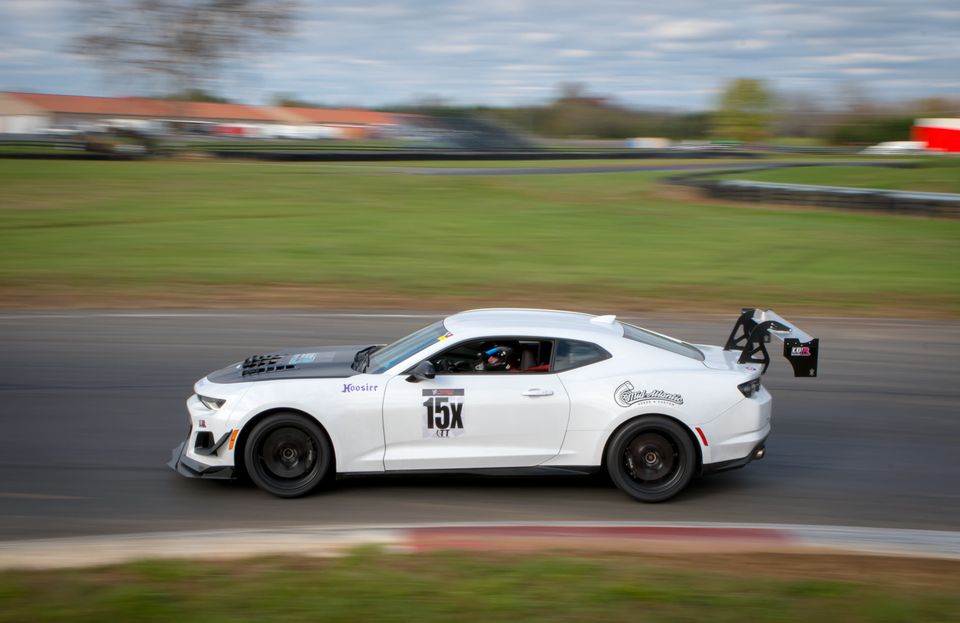
Regardless of how you have modified your Gen. 6 Camaro, Cadillac ATS-V or CTS-V (V3), and how you plan to drive it, we have a brake system that will add a variety of benefits over your OEM brakes. The purpose of this article is to present our various options so you can choose the one that most closely fits your needs and desired outcome. For simplicity's sake, we will refer to these cars as 'Camaro' in this article.
Planning Ahead
Before selecting your brake kit, you should be thinking about how you plan to modify and drive your car in the years ahead. Our goal is to help you choose the correct kit for your needs on the first pass. We realize that our brake systems are a considerable investment, and we don’t want you potentially ‘outgrowing’ the kit you choose. For example, if in two years you plan to add a gigantic rear wing/front splitter, increase your boost, and move to racing slicks, you’re going to dramatically increase the demands placed on your brake system. Brakes that are more than adequate for your car right now may not get the job done at that point. Below are some factors to consider when choosing a brake upgrade.
Modifications
Any time you modify your car to make it reach the end of a straight away at a higher speed, you will increase the demands on your brake system. Most owners typically accomplish that in the following manner:
- Added horsepower- NA heads/cam, forced induction, increased boost, etc. Adding power increases your car’s top speed at the end of a straight. The faster your brake discs are spinning when heading into a brake zone, the greater the amount of kinetic energy that must be transformed into heat. Adding horsepower will significantly increase the required heat capacity of your brake system, and in an exponential manner. Due to the drivetrain layout and weight distribution of the Camaro, this is especially true for the front brakes.
- Increased mechanical grip- Stickier tires, suspension. Adding additional friction at the tire/track interface or using more of the tire’s available traction through superior contact with the track surface is just like adding power by the time you arrive at the end of a straight. If a modification enables you to exit a turn at a higher speed, your speed at the end of the subsequent straight is going to be higher than it was previously (assuming you are not drag-limited). The result is more kinetic energy that needs to be transformed into heat and absorbed and dispersed by your brake system.
- Increased aerodynamic grip- Wing, splitter, diffuser, canards, etc. Like sticky tires, downforce in a brake zone increases your car’s brake capacity, especially when braking from high speeds. As with mechanical grip, aerodynamic grip also increases your corner exit speed. The complicating factor with aero grip is that it may in some cases lower your max speed heading into a brake zone. However, many times that occurs at very high speeds which the typical enthusiast may never even reach on certain track layouts.
For additional insights on future-proofing your brakes, please see our video, “How to Plan for Future Brake Needs”.
Different Usage Environments
Just as vehicle modifications can have a significant impact on your brake demands, so can the way in which you’re using the car. If you’re currently running 20-minute HPDE sessions on an easy braking track, your brakes will take much less of a beating than if you were running 40-minute sessions at Watkins Glen, Sebring, or COTA. If there’s any chance you will be running a harder braking track (repeated long straights followed by slow turns), you should choose a system with a little more thermal capacity or ‘headroom’ built in. It’s better to accept the slight weight penalty to ensure you have adequate thermal capacity, particularly if every hundredth of a second isn’t crucial to you.
Durability (HPDE) vs. Outright Speed (Racer)
Choosing among different brake options often comes down to the tradeoff between unsprung weight savings vs. durability. Deciding where to land on that scale typically comes down to your goals, and many times that distinction boils down to whether your track activities are based around fun or competition.
With the proper supporting budget in place for brake consumables (pads/discs/fluid), the serious wheel-to-wheel racer should choose the brake system that will carry him to the finish line for the win, but no further. He only wants brakes that are big enough to get the job done and doesn’t care if his brakes are completely spent after he secures the victory. If you want to shave every hundredth of a second off your lap time, unsprung weight savings will help your car accelerate, turn, and brake better. You should choose the lightest brake package that will allow you to reach the finish line without fade or failure. Just be aware that when you go too far down the path towards removing thermal mass from your brake system, the result will be increased brake pad, disc, and fluid consumption.
The typical HPDE driver usually has budgetary constraints that prevent him from having the lightest weight brake system possible, or he just doesn’t want to deal with constantly throwing spares at such a system. Instead, his focus is on longevity, low maintenance, and not having to tinker with his brakes while at the track. He doesn’t want to bleed them between sessions, change pads or discs before every weekend, or find himself constantly replacing his leaking caliper piston seals. The path towards superior longevity is typically to add thermal mass in the discs and pads, coupled with a highly efficient brake caliper. If your goal is low maintenance and long service life, you should err towards one of our larger systems with a little more mass in the discs. You will in nearly all cases need a minimum of a 19” wheel to clear our 390mm systems.
Wheel Fitment
Having the smallest, lightest wheel available offers great advantages in terms of unsprung weight savings, while many times also improving tire selection. However, smaller wheels will constrain the size of the brake package you can fit behind them. If you want to run 18” wheels, our brake kits featuring 372x34mm discs are in almost all cases the largest that can be crammed behind them.
Front Brake Kit Options
The more efficient a brake system is at absorbing and dispersing heat, the smaller the components can be. That’s why many of our brake systems offer superior performance and longevity over the stock system, despite being smaller and/or lighter than one might expect. The advanced materials and embedded technology allow our brake packages to absorb, transfer, and disperse heat at a substantially higher rate than the typical OEM brake system. Please keep that in mind while examining our options and wondering to yourself, “How can they be effective if they are so lightweight?”
We have four different front brake kits for the Gen. 6 Camaro, with the primary difference across our range being the size of the disc. Our two smallest front kits feature 372x34mm, 72 vane AP Racing J Hook discs, which are still larger (but weigh less) than the SS and SS 1LE factory brakes. Below is a chart comparing our disc sizes in our AP Racing by Essex Brake Kits vs. the various OEM brake packages. You’ll note that even the 390x36mm, D62 AP Racing disc in our largest, heaviest duty system weighs approximately the same as the smallest OEM 355x32mm brake disc option on the SS! In other words, regardless of which kit of ours you choose, you are going to shave unsprung weight from your big-boned Camaro.
|
AP Racing |
AP Racing |
AP Racing |
2016+ |
2016+ |
2017+ |
|
|
By Essex |
By Essex |
By Essex |
OEM |
OEM |
OEM |
|
|
|
|
Heavy Duty (HD) |
|
|
|
|
|
Front |
SS |
SS 1LE |
ZL1 |
|||
|
Disc Weight |
20.5 lbs. |
23.0 lbs. |
25.2 lbs. |
25.2 lbs. |
27.4 lbs. |
32.0 lbs. |
|
Disc Diameter |
372mm |
390mm |
390mm |
355mm |
370mm |
390mm |
|
Disc Thickness |
34mm |
36mm |
36mm |
32mm |
34mm |
34mm |
|
Radial Depth |
54mm |
54mm |
62mm |
65mm |
65mm |
Kit-by-Kit Brakedown
See what we did there? Let’s now look at our brake kit range as it applies to each of the Camaro models.
CP9660/372mm, #13.01.10060 and CP9668/372mm, #13.01.10061
Both kits share our 372x34mm discs, which are larger than all the OEM options with the exception of the ZL1’s 390mm units. If you want to run an 18” wheel, our 372mm disc systems are about as large as you can typically cram inside them. The main difference between these two kits is the width of the caliper and thickness of the pad. The CP9660 Radi-CAL uses an 18mm thick pad, while the CP9668 uses a 25mm thick pad. You can see lots of detailed differences between these two calipers in our blog article, “Sibling Rivalry: Which AP Racing Radi-CAL is Right for me?”
On the Gen.6 Camaro, if you can fit the wider CP9668 calipers behind your chosen wheels, we suggest going that route rather than the CP9660.
Both caliper options clear most of the stock Camaro wheels (although you should always check our wheel fitment template for any kit you’re considering before making your final selection!).
These kits are fantastic for NA Camaros and will handle anything those cars can throw at them. If your car is supercharged and/or pushing 500HP+, we suggest you consider one of our larger systems with the 390mm discs. While we wouldn’t expect our 372mm systems to fade on big power cars, you may find that the car is consuming more brake pads, discs, and fluid than you would like. While our 372mm discs are incredibly stout for their size, they don’t have the thermal mass of our larger 390mm discs and therefore won’t provide the same longevity that our 390mm systems offer.
CP9668/390mm D54, #13.01.10112
This system offers 390x36mm, D54 discs, which are substantially more durable than our 372x34mm discs. If you have a ZL1 and you’re looking for both unsprung weight savings (24 lbs. vs. the OEM ZL1 1LE brakes) and a substantial durability increase over your stock brakes, this kit should be your starting point. We have quite a few customers who have run our 390mm system under 19” track wheels, but it’s incredibly difficult to cram them inside an 18” wheel.
CP9668/390mm HD D62, #13.01.10140
If you’re running big power, slicks, and aero on tough braking tracks, this is the kit for you. While the disc and pad in our standard 390mm kit are 54mm tall, we developed this heavy-duty kit around a bespoke 62mm tall pad and disc to provide greater heat capacity, longevity, and fade resistance. The heavy-duty 390mm discs weigh about 2 lbs. more than our standard 390mm units. The only downside to this system is that pad choice is much more limited than our standard 390mm kit.
CP9450/365mm Rear, #13.01.10062
We have only one rear kit available, so choosing the rear is simple! Our rear setup has proven ample for everything and anything our clients have thrown at it, so you shouldn’t have any concerns about its capabilities.
P.S. Does the Gen. 6 only come in white?
